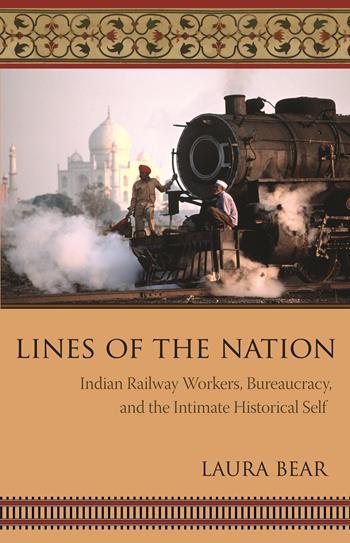Policy Futures in Education
Volume 13, Number 3 (April 2015)
pages 315-327
DOI: 10.1177/1478210315569040
Heeral Chhabra, M.Phil Research Scholar
Department of History
University of Delhi, India
The history of education in India has been looked into with a view which has been narrow in its expanse, often missing out on many social categories which had a relatively limited, yet important, presence in colonial India. Sufficient attention has been paid to the official policies of the British Indian government (starting from Macaulay’s Minute). However, a critical analysis of it is assumed to be provided by the nationalist discourse, which is popularly perceived as almost an antithesis of colonial education. In the entire process, the discussion on education broadly gets limited to two sections – the ruler and the ruled, thereby eschewing the diversity within the realm of those seeking and providing education. In this paper, an attempt will be made to understand the emerging importance of ‘Europeans and Eurasians’ as a social category with a peculiar position in colonial India. Though technically part of the ruling ‘race’, their economic standing was not always congruent with their assumed racial superiority. Termed as ‘poor whites’ their presence in India posed challenges to the British government especially after the 1857 mutiny. Employed in the ‘communication network’ of the British Raj, their presence in postal, railways and telegraph departments was imperative for its successful working. The first part of the paper seeks to explore the making of these European and Eurasian communities in India. An official stand regarding schooling of European and Eurasian children was formulated for the first time through Canning’s Minute of 29 October 1860. Analysis of this Minute is vital to understand the very nature of education extended along with religious overtones providing these schools with a distinct identity and status. Using archival sources, this paper seeks to explore the making of distinct schools for them at hill stations and in the plains. Many of these hill schools still exist and have become a symbol of ‘modernity’. Quite ironically their association with the colonial past provides them with a certain elite reputation in independent India (where nationalism is closely tied to education). Analysis of this opens up scope to investigate the ways in which ‘modernity’ is not only understood but professed and adapted through such an educational setup.
Read or purchase the article here.

